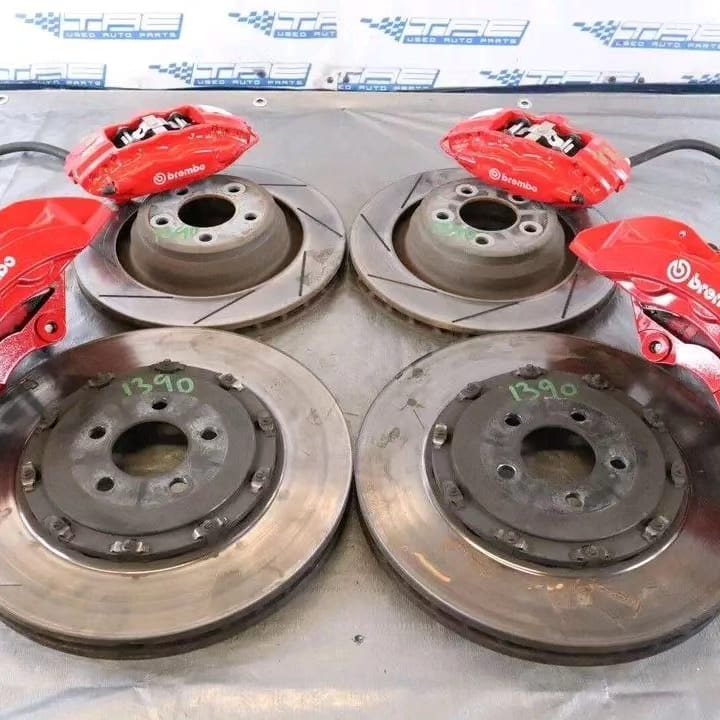DrivetrainUpgrades
A Comprehensive Guide to Jeep Brakes and Drivetrain Systems
Introduction: In the world of off-road adventure, control is paramount. Whether navigating rocky trails or descending steep inclines, having confidence in your vehicle’s brakes and drivetrain is essential for a safe and exhilarating experience. For Jeep enthusiasts, understanding the intricacies of braking systems and drivetrains is key to unlocking the full potential of their vehicles. In this comprehensive guide, we’ll delve into the world of Jeep brakes and drivetrain systems, exploring everything from maintenance tips to performance upgrades. Whether you’re a seasoned off-road veteran or a newcomer to the world of Jeep ownership, this guide has everything you need to master control and conquer any terrain.
- Braking Systems: A Jeep’s braking system is its first line of defense against potential hazards on and off the road. From traditional disc brakes to advanced anti-lock braking systems (ABS), understanding the components and operation of your Jeep’s brakes is essential for safe driving. Regular maintenance, including brake pad and rotor inspections, fluid checks, and brake caliper adjustments, can help ensure that your brakes perform optimally in all conditions. Additionally, upgrading to high-performance brake pads, rotors, and brake lines can provide improved stopping power and durability, giving you added confidence when tackling challenging terrain.
- Drivetrain Components: The drivetrain is responsible for transferring power from the engine to the wheels, allowing your Jeep to move forward (or backward) with precision and control. Key components of the drivetrain include the transmission, transfer case, driveshafts, and differentials. Understanding how these components work together is essential for optimizing performance and reliability, especially in off-road situations. Regular maintenance, such as fluid changes, drivetrain inspections, and driveshaft greasing, can help prevent premature wear and ensure smooth operation. Additionally, upgrading to heavy-duty drivetrain components, such as aftermarket axles and differential covers, can provide increased durability and performance in extreme conditions.
- Four-Wheel Drive Systems: For Jeep owners, four-wheel drive (4WD) systems are essential for conquering challenging terrain. Jeep offers a variety of 4WD systems, including part-time, full-time, and selectable options, each with its own unique capabilities and benefits. Understanding how these systems work and when to use them is crucial for maximizing traction and control in off-road situations. Whether traversing rocky trails, navigating sandy dunes, or climbing steep inclines, knowing how to engage and disengage your Jeep’s 4WD system can mean the difference between success and getting stuck.
- Traction Control and Stability Systems: In addition to traditional 4WD systems, many modern Jeep vehicles are equipped with advanced traction control and stability systems designed to enhance performance and safety in various driving conditions. These systems use sensors and computer algorithms to detect wheel slip and adjust power delivery accordingly, helping to maintain traction and stability on slippery or uneven surfaces. Understanding how these systems work and how to use them effectively can provide added confidence and control when off-roading.
Conclusion: Mastering control is essential for off-road enthusiasts, and understanding your Jeep’s brakes and drivetrain systems is key to achieving this goal. By familiarizing yourself with the components and operation of these systems, performing regular maintenance, and considering performance upgrades, you can optimize your Jeep’s performance and reliability in any terrain. So why wait? Take control of your off-road adventures today and explore the world with confidence in your Jeep’s braking and drivetrain capabilities.

